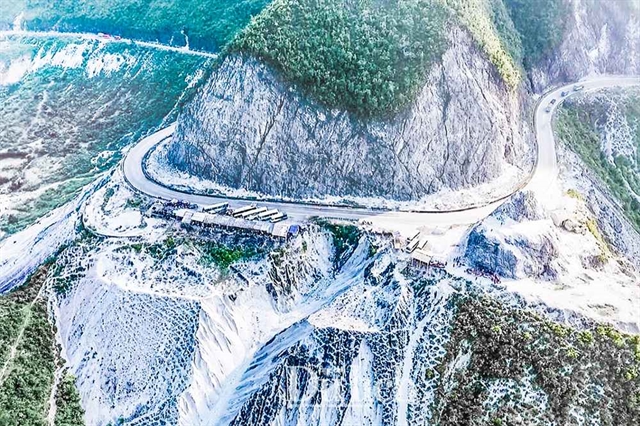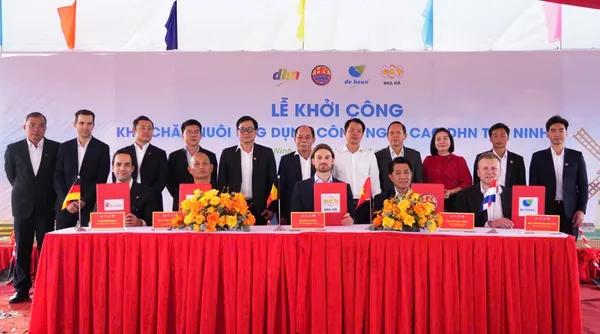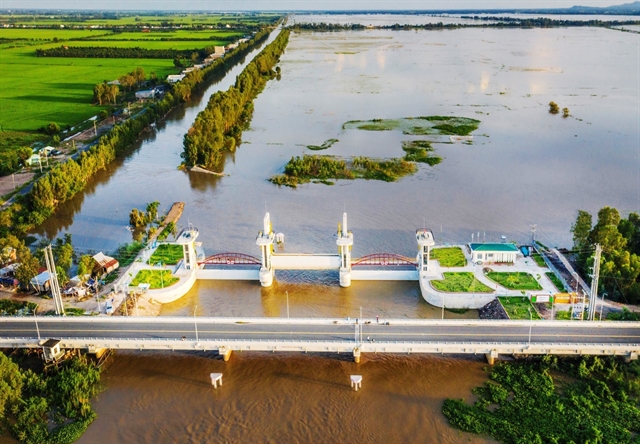 Society
Society

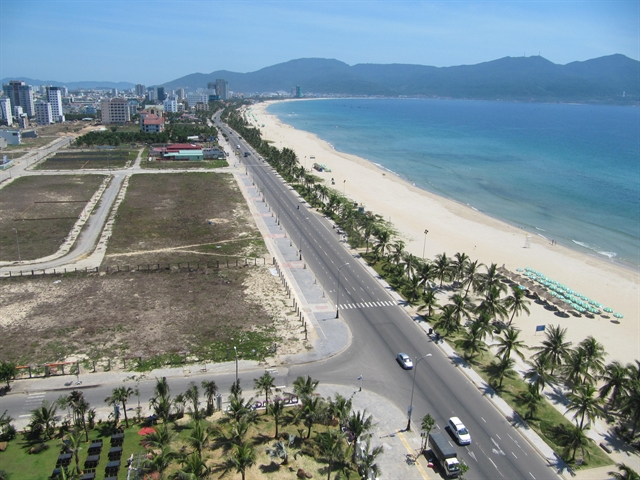
|
| A coastal road section connects Đà Nẵng and Hội An town. Đà Nẵng plans to build urban railway systems for smooth traffic and sustainable development in next decades. VNS Photo Công Thành |
ĐÀ NẴNG — Two urban railway lines — Light Rail Transit (LRT) and Mass Rapid Transit (MRT) — connecting Đà Nẵng International Airport, Hội An and the Chu Lai industrial zone are set to begin construction in the 2025–30 period as part of the city’s long-term transport development plan.
Deputy Director of the city’s Construction Department, Lương Thạch Vỹ, said at a conference on urban railway investment that 16 routes have been proposed, including 11 LRT lines, three tourism LRT routes and two MRT lines, with a total length of 204.7km listed in the 2031–40 Master Plan to support future traffic and tourism growth.
Vỹ said the first two lines would serve tourism development and connect industrial zones in Đà Nẵng, Hội An, Chu Lai and Tam Kỳ Township.
The two initial urban rail routes are planned for completion by 2030 and will reduce travel time from Đà Nẵng to Hội An (30km) to 20 minutes, and to the Chu Lai industrial zone (90km) to 40 minutes, he said.
He added that the city would mobilise investment from the State budget, Public-Private Partnerships (PPP), Official Development Assistance (ODA) and international donors to build the system.
Vice Chairman of the city’s People’s Committee, Lê Quang Nam, said the development of an urban railway network is one of the most important infrastructure projects for boosting Đà Nẵng’s overall growth in the coming decades.
Nam said the urban railway system would be a key solution to reducing inner-city traffic congestion and transforming Đà Nẵng into a modern, smart and green urban hub in central Việt Nam.
Earlier, Đà Nẵng held meetings with two domestic investors — Đèo Cả Group and Thaco Group — to discuss developing urban railway routes connecting Đà Nẵng, Tam Kỳ and Chu Lai.
Tian Liansheng, Deputy Chief Engineer of the Shenzhen Urban Design Institute, China, said urban railway systems are essential for Đà Nẵng as a centrally-run city and a major growth driver in coastal central Việt Nam and Southeast Asia.
He suggested the MRT network in Đà Nẵng should connect densely populated residential areas with industrial zones, the planned national high-speed railway system and trans-Việt Nam highways.
Tian noted that a single MRT line linking the city’s downtown and railway station would not be sufficient for future transport demands.
The Chinese expert recommended that the city’s urban railway system should ensure smooth connections with industrial corridors and tourism centres, and that more MRT lines be developed under a Transit-Oriented Development (TOD) model.
Ji Taek Oh, Chief Researcher at the Korea Railroad Research Institute, shared experience from the development of Korea’s high-speed railway system based on the imported TGV model in the 1990s.
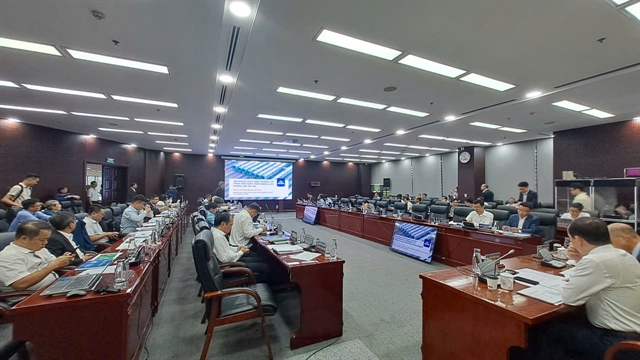
|
| Participants join a conference on the development of urban railway systems in Đà Nẵng City. The central hub plans to build 16 lines with total 204.7km in 2025-40. VNS Photo Công Thành |
He said South Korea’s self-reliant high-speed railway technologies were developed through 20 years of Korean R&D and business-to-business technology transfer.
Mario Velerio Dattola, an international railway expert, said that MRT, metros, LRT, monorails and trams provide efficient and reliable urban transport through dedicated electric infrastructure.
They substantially reduce congestion and emissions while offering frequent and safe services independent of road traffic, Dattola noted.
He also said the main challenges in developing urban railway systems include high costs, technical complexity and the need for integrated urban planning.
Dattola further highlighted that metro systems offer fast, reliable and safe transportation for large numbers of passengers, significantly reducing road traffic congestion in cities, but require high construction and maintenance costs as well as long implementation periods.
Trần Thiện Cảnh, head of the Railway Administration under the Ministry of Construction, said the development of urban and high-speed railway systems in Đà Nẵng and across Việt Nam will benefit from the introduction of the Railway Law 2025, which will take effect in January 2026.
He said the law provides a legal framework with clear orientations for developing a modern and green transport system.
Director of Đà Nẵng City’s Priority Infrastructure Project Management Board, Lê Thành Hưng, said the central city will review the development of urban railway systems in Hà Nội and HCM City in terms of technology, partners and investors to identify the most effective solutions.
Đèo Cả Group has proposed a plan to develop the city’s urban railway system through a joint venture of key investors, including Kita Group, Futa Group, China Design Group, CRRC Chongqing, Arup, A2Z and Kim Long Motors, with financial support from private banks VPBank and TPBank.
Đà Nẵng has been investing heavily in urban development to become the largest city in the central region and a green, smart city.
The central hub also plans to develop its first-ever Free Trade Zone and International Finance Centre in the coming years. — VNS


